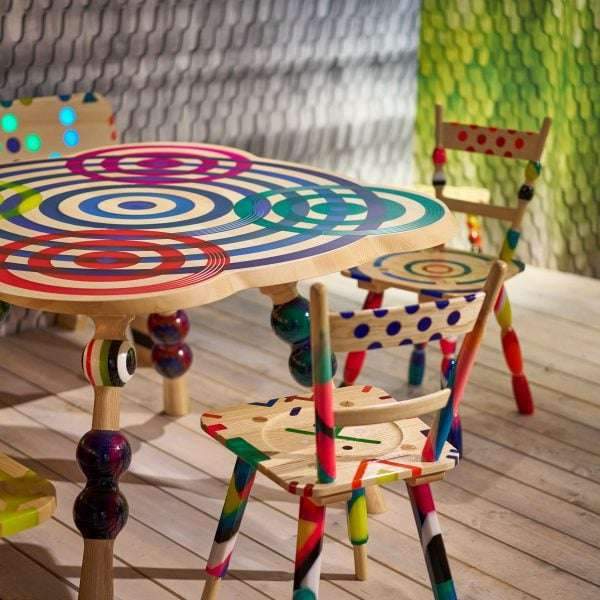Users of the Centaur robotic wheelchair can converse face-to-face
Modern mobility has been reimagined by London-based startup Centaur Robotics with the creation of a mobile-connected wheelchair.
Centaur, an elegant and lightweight personal electric vehicle, incorporates cutting-edge technology to a human desire for independence and freedom (PEV).
Why the Centaur? utilizing contemporary design and cutting-edge technology to grant individuals the independence and freedom they deserve.
To truly benefit daily human requirements, Centaur believes mobility needs to be reimagined. Their business’s purpose is to push people’s thinking via design and to develop superhuman technology that offers exceptional mobility suitable for people living in the twenty-first century.
The creators of Centaur Centaur Robotic, a startup in Britain
In 2014, David Rajan founded Centaur Robotics after finding no wheelchair that could accommodate his son Alfie’s cerebral palsy needs. The company aims to change the social perspectives of people with mobility challenges. Additionally, the founder was on a mission to build his own.
Moreover, several high-net-worth individuals and angel investors have already supported it, and it is being run by a highly skilled staff of technology executives, engineers, and designers from companies like Oracle and Ford. Their first offering is the Centaur wheelchair.
Materials & Techniques: Rubber, Leather, and Composite
The Centaur wheelchair’s clever design uses components chosen for the advantages they bring to the user; therefore, it allows it to provide effectiveness and mobility at a reasonable cost.
Leather upholstery provides comfort while being easy to clean, and the wheelchair’s base is of puncture-proof rubber, which improves the vehicle’s performance on more difficult terrain. Composite materials give the wheelchair strength while making the entire thing extremely lightweight.

Sleek and minimal design: Style
The Centaur has an appearance similar to an Apple device and a delightfully simplistic design with subtle features. For instance, a scarcely perceptible joystick and straightforward responsive buttons. Its small weight is demonstrated by its streamlined shape and its thin armrests, which may be lowered for easier access to desks and tables.
Simple, intelligent technology combined with face-to-face communication
The Centaur boasts an eight-hour running duration and a range of 10 miles thanks to its four-hour quick-charge lithium-ion battery. To improve the user experience, it has a ton of other smart technology. Like mobile app connectivity, tracking maps, and trip planning.
Furthermore, you can easily control Centaur with a joystick or smartphone app, and a self-balancing device with a tight turning radius makes it possible to approach doors and tables. It’s nimble and small, perfect to maneuver tight spaces while giving users more freedom to change positions throughout the day. An adjustable seat raises users to eye level, enabling eye-to-eye communication and extending their reach.
Design souvenir: Centaur’s battle with COVID-19
Centaur won a government grant of £50,000 after winning a competition intended to solve challenges related to the COVID-10 epidemic. The electric wheelchair will eventually be in hospitals and nursing homes where it will reduce the demand for porters, protect patients and caregivers by preventing cross-contamination, and eliminate the need for porters.
The Centaur will increase productivity in care facilities and medical facilities since less time to transfer patients. Additionally, it will increase the level of independence for residents of nursing homes and is simple to clean, which further lowers the risk of disease and virus transmission.

The mobility of the present, not the future
Understanding how to utilize the wheelchair in all environments that apply to the user is a crucial stage in the design process. Moreover, Centaur does this well, taking on tasks that able-bodied humans take for granted; like reaching, cleaning, and transportation.
The Centaur aims to enhance mobility for the future, much like other previously released concepts like the climbing SCEWO wheelchair by ETH Zurich students and QOLO, an exoskeleton design by a team from the University of Tsukuba in Japan. With less fantastical characteristics and a more affordable price, Centaur might be a more practical option in the near term.
Read more on Archup:







